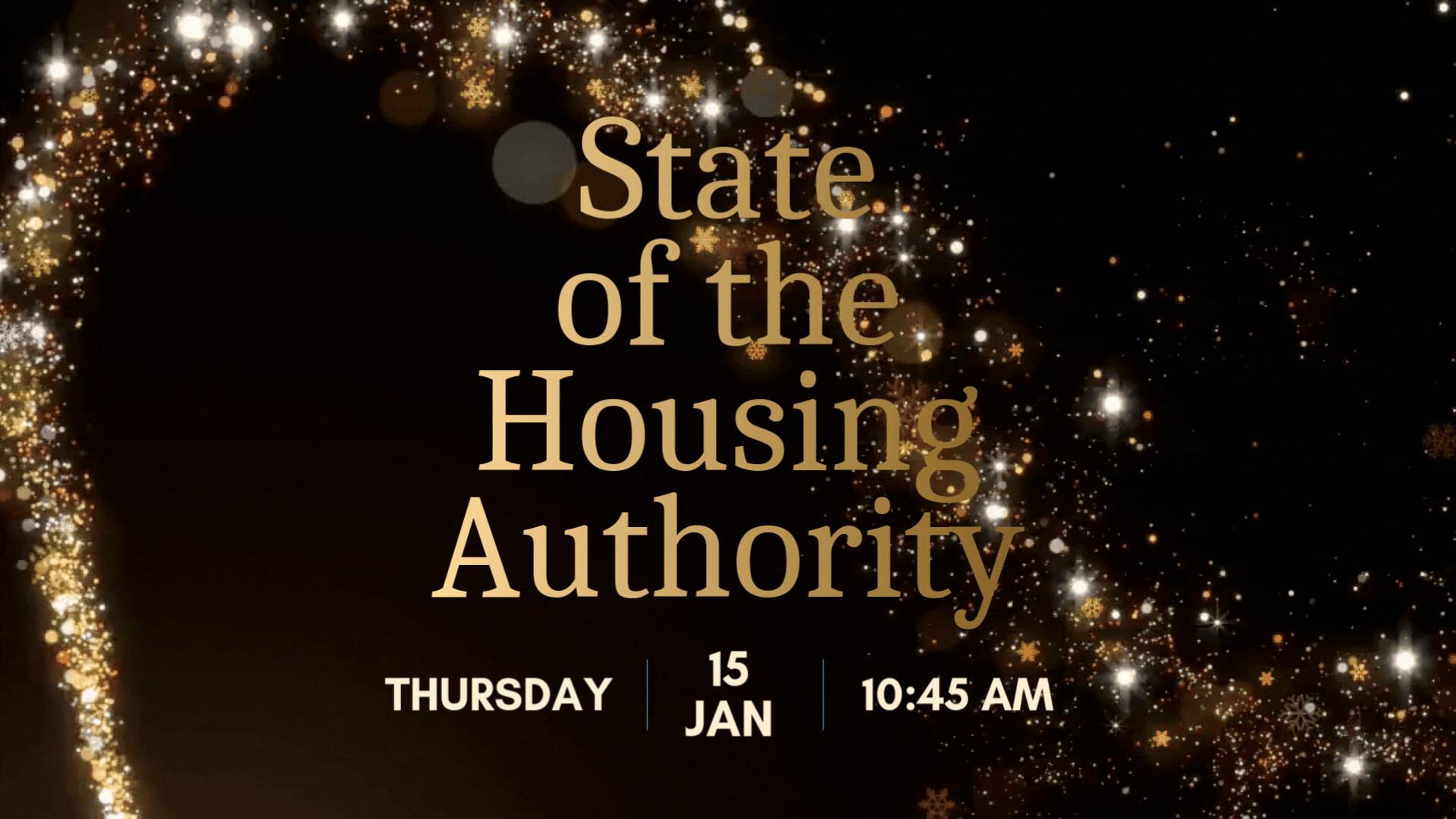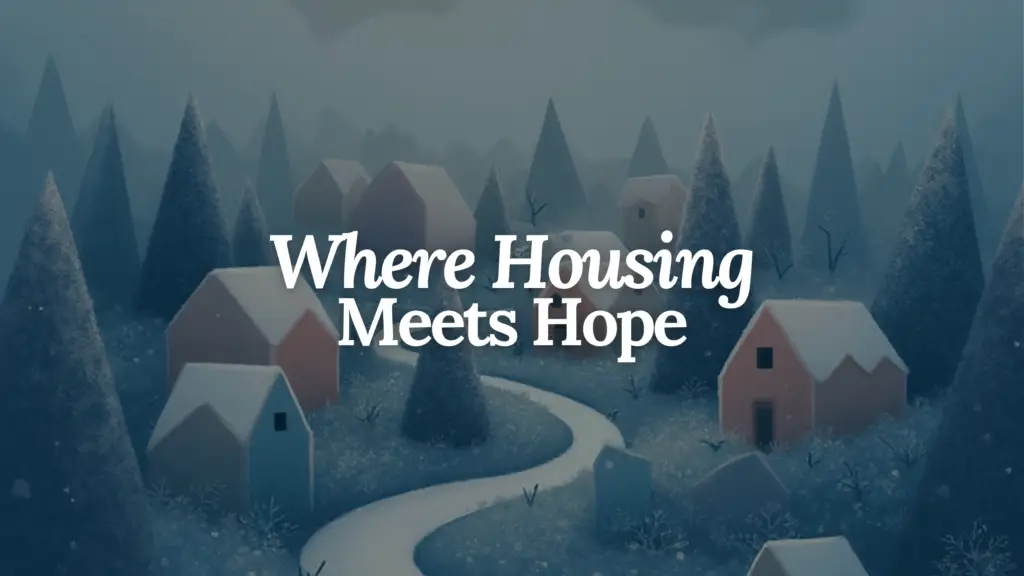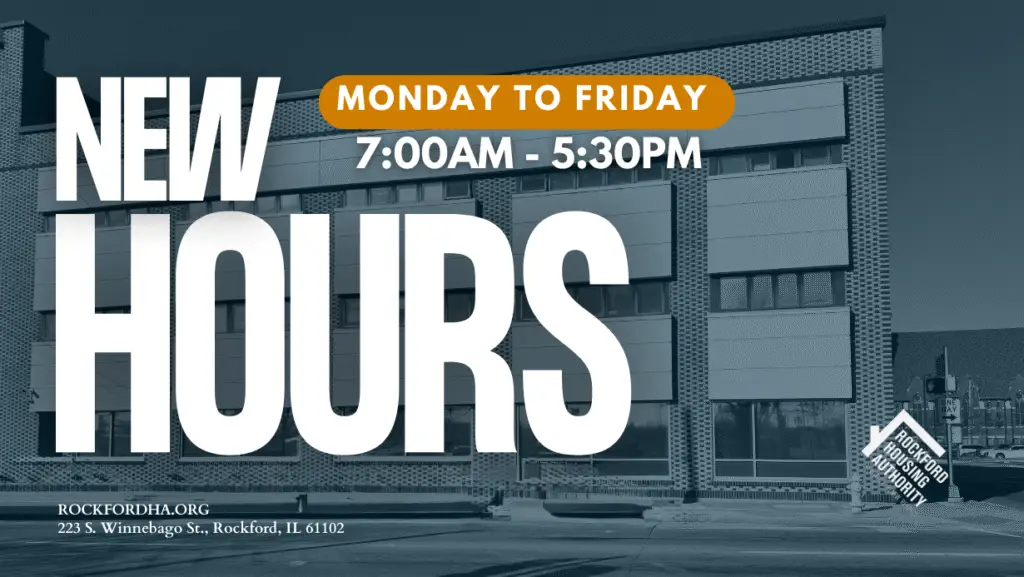54.3% of RHA Residents are Senior or Disabled…
Senior and disabled adults face an array of housing challenges. Many live in homes that lack accessibility features, are unaffordable or energy inefficient, or are located far from important destinations and amenities. Others need various kinds of assistance to maintain their independence and autonomy but cannot afford the supportive services that would allow them to age successfully in a residential environment. [1]
Nearly 5 million low-income households, comprising more than 10 million individuals, live in HUD-subsidized housing in the United States. [2] Approximately 22%, or 1.2 million, of all HUD-subsidized units are public housing. [2] Nationally about 57% of public housing units are occupied by senior/disabled residents.
128 PHAs in 37 states and the U.S. Virgin Islands have an approved plan to designate housing for seniors and people with disabilities. These plans cover 63,806 units—less than 6% of all public housing nationwide. RHA has an approved plan designating 7 of its 12 properties as senior disabled housing. These include our high rise towers Part Terrace, Brewington Oaks, North Main Manor, and Olesen Plaza as well as our 3 low rise properties Summit Green, Midvale, and Buckbee.
People who are eligible for or residing in public housing have higher rates of physical and behavioral health issues than does the general population. [3] Limited mobility or the need for assistance with everyday tasks such as toileting, eating, bathing, dressing, household chores, and arranging & getting to appointments are common challenges for low-income seniors and people with disabilities. [4] A responsible system of public housing for seniors must take the changing needs of low-income seniors into account.
As our population ages and our baby boomers reach retirement age many are finding themselves unable to financially meet their living needs; including health and housing needs. The need for senior and disabled housing continues to grow. Affordable housing for seniors is already in limited supply. Since 2009, in anticipation of these growing needs, RHA has focused redevelopment and energy improvement efforts on all of our senior and disabled properties investing more than $8 million in improvements to retrofit interiors and energy systems to better meet the needs of our residents. Additionally, RHA has on-site Resident Support Specialists to help residents with Activities of Daily Living. RHA has also partnered with many local for and not for profit agencies to ensure our residents have the best access to needed services to improve quality of life.
#IAmRockford is a story about our community, your community and it always will be. There are community members, unknown to many, rising above and beyond their regular lives and these stories need to be heard.
What makes your #IAmRockford? Send us an email at info@rockfordha.org to share your story.
By submitting your I Am Rockford story, it will become the property of RHA and may be used for future related marketing opportunities. RHA reserves the right to share any or all stories. By submitting you agree to these terms.
- [2] U.S. Department of Housing and Urban Development, “Public Housing,” accessed Feb. 12, 2015
- U.S. Department of Housing and Urban Development, “Picture of Subsidized Households.”
- [3] Howell, E., Harris, L. and Popkin, S., 2005. The Health Status of HOPE VI Public Housing Residents. Journal of Health Care for the Poor and Underserved, [online] 16(2), pp.273-285. Available at: <https://www.researchgate.net/publication/7805689_The_health_status_of_HOPE_VI_public_housing_residents> [Accessed 7 June 2021].
- A Decade of HOPE VI: Research Findings and Policy Challenges (May 18, 2004), accessed Sept. 11, 2014
- Laura E. Harris and Deborah R. Kaye, “How Are HOPE VI Families Faring? Health,” Urban Institute (Oct. 7, 2004), accessed Sept. 11, 2014
- Digenis-Bury, E., Brooks, D., Chen, L., Ostrem, M. and Horsburgh, C., 2008. Use of a Population-Based Survey to Describe the Health of Boston Public Housing Residents. American Journal of Public Health, [online] 98(1), pp.85-91. Available at: <https://www.ncbi.nlm.nih.gov/pmc/articles/PMC2156072/> [Accessed 7 June 2021].
- Greene, A., Flatley, H., Viswanathan, N., Wilensky, L., Berman, J., Schneider, A., Uribe, A., Olson, E., Waddell, E. and Thorpe, L., 2012. Health of Older Adults in New York City Public Housing: Part 1, Findings From the New York City Housing Authority Senior Survey. Care Management Journals, 13(3), pp.134-147.
- Parton, H., Greene, R., Flatley, A., Viswanathan, N., Wilensky, L., Berman, J., Ralph, N., Schneider, A., Uribe, A., Olson, E., Waddell, E. and Thorpe, L., 2012. Health of Older Adults in New York City Public Housing: Part 2, Findings From the New York City Housing Authority Senior Survey. Care Management Journals, 13(4), pp.213-226.
- [4] E. Fuller-Thomson et al., “Basic ADL Disability and Functional Limitation Rates Among Older Americans From 2000–2005: The End of the Decline?” Journals of Gerontology, Series A: Biological Sciences and Medical Sciences 64A, no. 12 (2009): 1333–6, http://biomedgerontology.oxfordjournals.org/content/early/2009/09/01/gerona.glp130.full
- Laura E. Harris and Deborah R. Kaye, “How Are HOPE VI Families Faring? Health,” Urban Institute (Oct. 7, 2004), accessed Sept. 11, 2014






